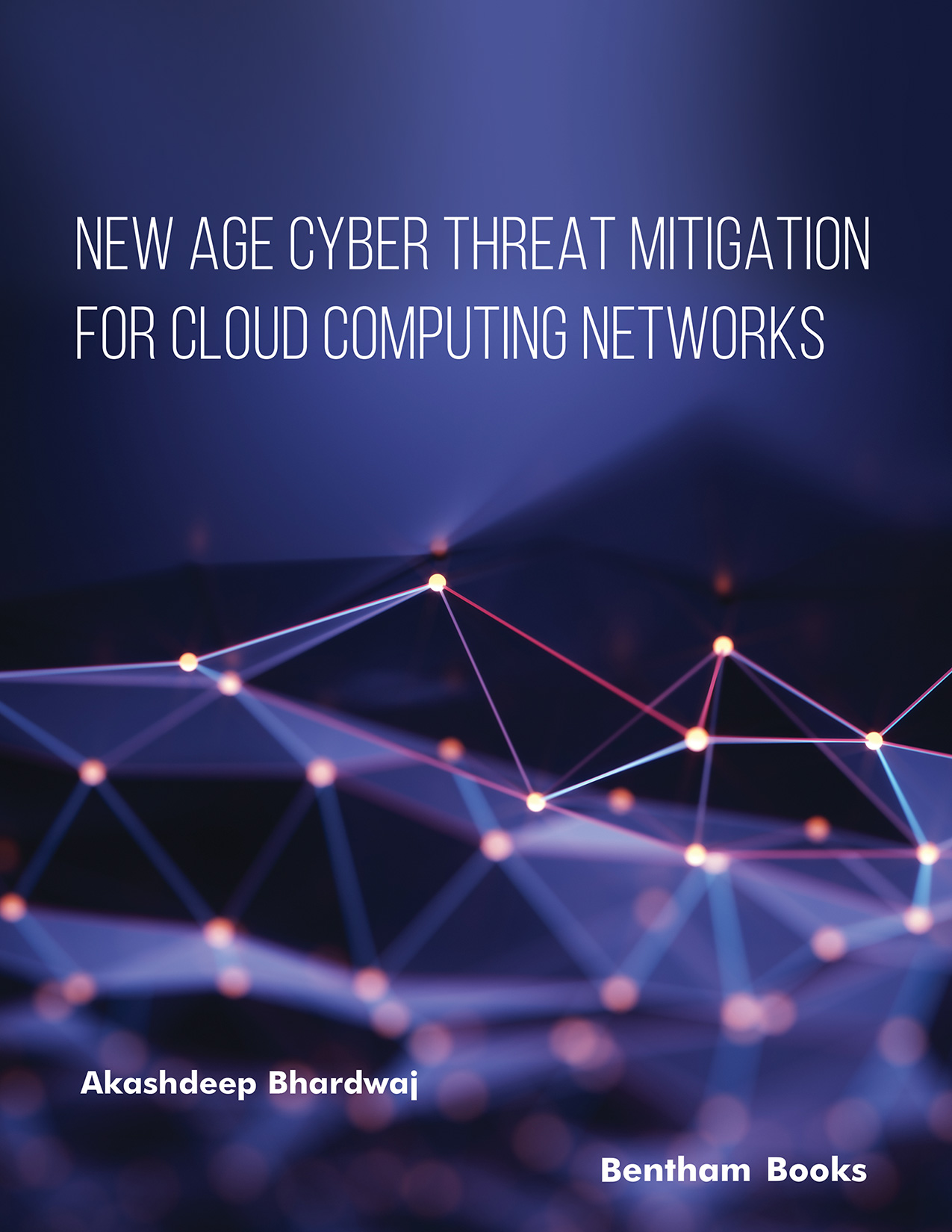Introduction
Increasingly global and online social interactions and financial transactions involve digital data, computing devices and the internet. With cloud computing, remote computing, enterprise mobility and e-commerce on the rise, network security has become a priority. Selecting an appropriate algorithm and policy is a challenge for computer security engineers, as new technologies provide malicious users with opportunities to intrude into computer networks.
New Age Cyber Threat Mitigation for Cloud Computing Networks provides cloud and network engineers answers to cybersecurity challenges. It highlights new options, methodologies and feasible solutions that can be implemented in cloud architecture and IT Infrastructure, thereby securing end users. Chapters cover many topics related to cyber threats in the modern era.
These topics include:
- - Ransomware and DDoS attacks
- - Security algorithms
- - Design and implementation solutions for resilient and fault-tolerant cloud and network services
- - Security policy
- - End user data security
Audience: Students, professionals, enthusiasts in computer security

